The semantic web links information and data in a way that is easy to retrieve.
The results served are also becoming much more relevant to the users’ search intent. For your site to be able to create a better online experience for users, it needs to be optimized for search. In this article, we will discover how the semantic web emerged, how it helps meet user intent, why it’s important for your site and how to prepare for semantic search.
What is the Semantic Web?
In order to understand the semantic web, we need to understand where the web is today. The web is basically arranged as documents “hyperlinked” to each other. When you search for particular information, Google’s bots have to “pick up” different pieces of information and deliver them to you, the user. Unfortunately, computers and devices do not understand this information.
The semantic web arranges data and information in a structure referred to as “ontologies”. This way, information that is related is stored as a cluster or a taxonomy. This makes it easier for computers to deliver more relevant information, as they “understand” that – for instance – a doctor has consultancy hours, professional qualifications and even user reviews. His practice serves a particular area too. If you are looking for “the best doctor” around your neighborhood, it is easy for the Google bots to understand and retrieve this information.
In the results below, you can see that Google understood I was searching for the best doctor near me and delivered results of doctors with excellent ratings that are near my current location.
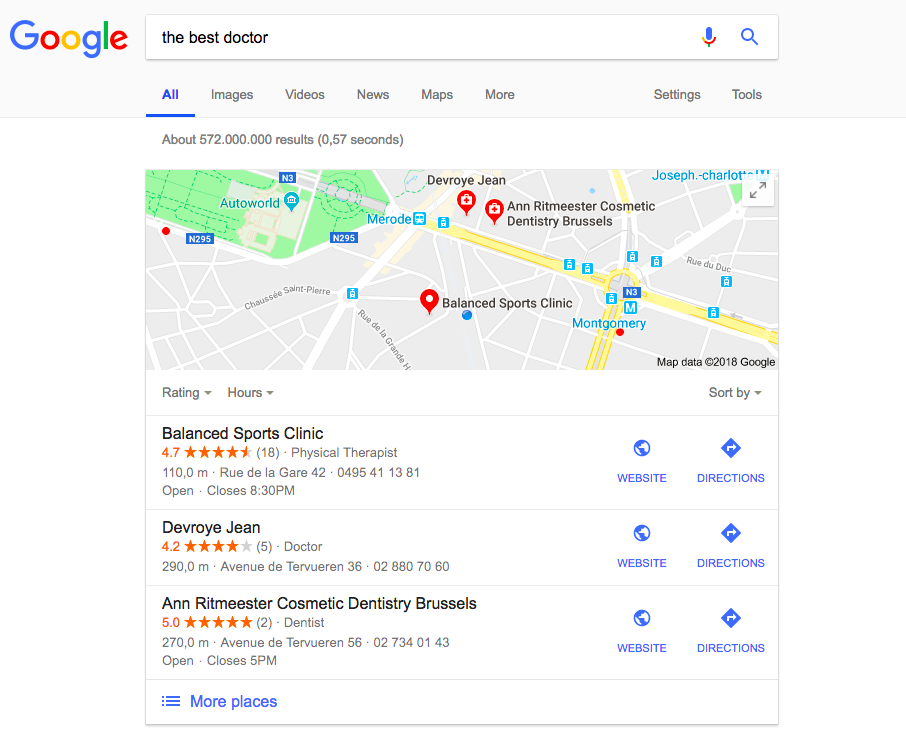
How did the semantic web come about?
The semantic web was born when Tim Berners-Lee (founder of the World Wide Web) presented a web that could provide a better “online experience” during the first World Wide Web conference in 1994. The concept became popular later through an article he published in May 2001, on the Scientific American Magazine. Another article in May/June 2006 by Berners-Lee further emphasized the vision. Essentially, Berners-Lee saw a future where humans and computers could cooperate, allowing machines to better process and understand the data they previously could only “see”.
Now that we understand the semantic web and how it came about, let’s look at how it is already been used.
Understanding Semantic Search
Semantic search was born from a Google algorithm update in 2013 known as Hummingbird, which is also closely related to Google’s RankBrain update.
Let’s take a quick look at these two concepts.
Hummingbird was a Google algorithm update in 2013 which uses context and user intent to deliver search engine results. Before Hummingbird, specific keywords were used to help pages rank in search results. This led to some Black Hat SEO tactics, such as cramming your site with as many keywords as possible (also known as keyword stuffing).
An example of keyword stuffing would look something like this:
We sell organic dog food. Our organic dog food is homemade. If you are thinking of buying organic dog food, please contact our organic dog food experts at [email protected]
This practice translated to terrible user experience, so with the update, the top ranking pages are those that match user intent and context, rather than those with the particular keywords that users type in search engines (see below image).
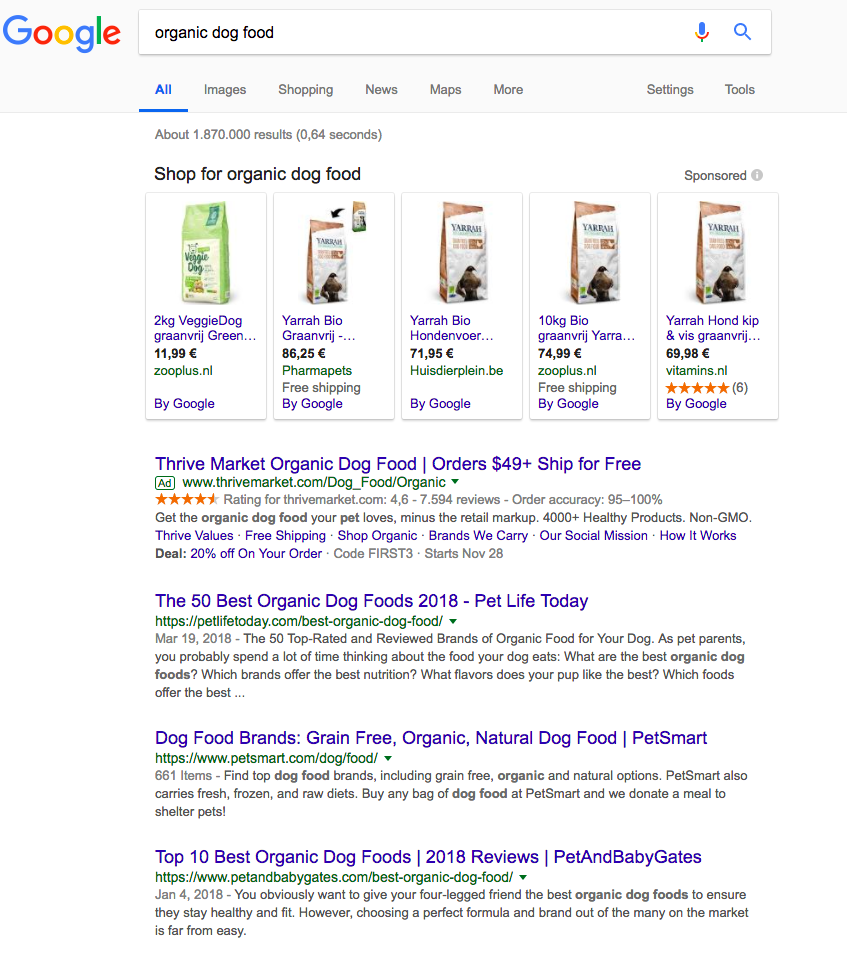
RankBrain is similar to Hummingbird, but it is a machine learning system that helps to interpret queries. It also analyzes Google’s index to look for pages with specific features that would be a good fit for the keyed in a query. These features include pages that rank high in search results based on factors like click-through rate and time spent on the page. This update makes sure that the user is being delivered a page that matches the motivation behind their search. If a user is asking a question, like “should I feed my dog organic food?”, the results page should feature answers to that question rather than sites to buy organic dog food.
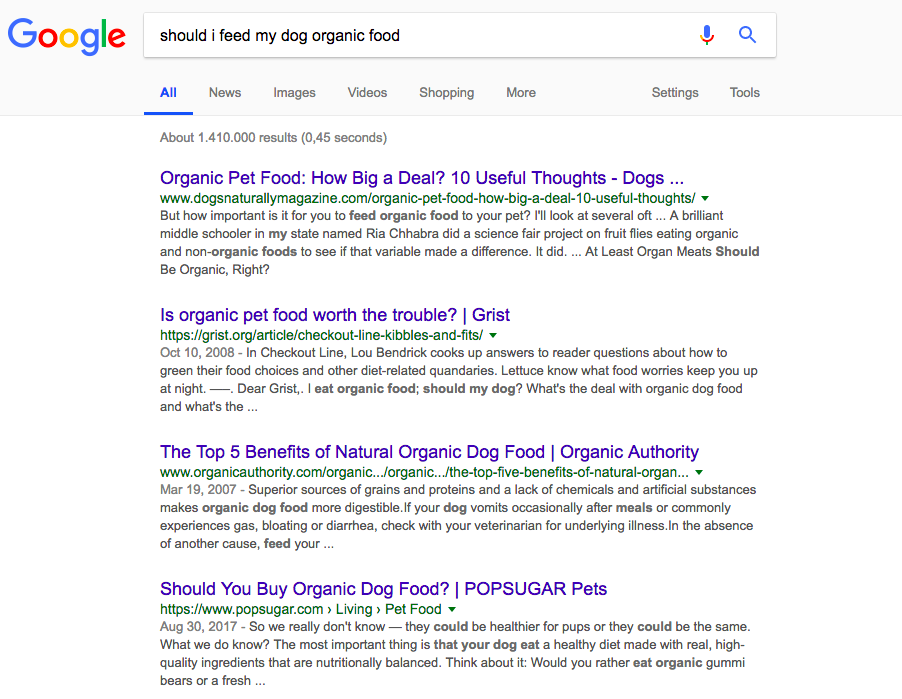
At this point, you might be wondering what we mean by user intent and how search engines are able to interpret it.
Diving into the Semantic Web and User Intent
Here’s a good example to explain user intent:
When you are watching your favorite football team, one thing that you probably follow is the live score updates. The live score updates here become user intent. User intent becomes the “real thing” that the internet user is looking for.
In our example, while the user intent is “live score updates”, the user may type in “football match today” into a search engine when they want to watch a match. The search engine needs to “know” that what the user is really looking for is “live scores”. As you can see, keywords and user intent are quite different.
The big question, therefore, becomes:
“How can search engines serve results that meet user intent?”
Search engines are able to do so by studying internet users’ behavior. If someone thinks that a particular website is useful, they will first click on the link. They will skim through the content and read what they deem relevant. If the site contains information that addresses their intent, they will spend more time on the site. They might even open more web pages on the site.
Click through rates, time spent on sites and bounce rates become the standard by which search engines choose the results to serve. When a user types in a keyword, Google shows the pages that are similar to what other users who typed in similar keywords found useful and relevant. Such pages are said to have met the user’s intent.
The Purpose of the Semantic Web
We have looked at the semantic web, how it came about, and how it has been implemented so far. The question we should be able to address now is its purpose, and why it’s important to prepare your site for it.
In a nutshell, the semantic web is all about giving users the best internet experience possible. It tries to address user intent and aims at making it easy for search engines to serve user intent on results by decreasing, maybe ultimately eliminating, the reliance on hyperlinks and documents as the means to information retrieval.
The semantic web allows for information retrieval by use of relationships between words and concepts in different taxonomies, or what we referred to as ontologies. This way, the results served are more specific or relevant to the user’s intent.
The Future of the Semantic Web
What does the future of the semantic web look like? Well, we can already see some elements emerging. Let’s look at a few concepts:
1. Linked Data
This is a way of structuring information in a complex way that computers can understand. A good example is Google’s Knowledge Graph. This is a huge database that Google uses to enhance search results. This database adds facts to topics like places, things and even topics of interest. This helps to serve more relevant results, with regards to user intent.

2. Voice Search
The best way to understand voice search is via software agents like Apple’s Siri and Google Now. Siri acts on behalf of the user to achieve multiple tasks online, thus becoming a software agent, a term Tim Berners-Lee first used when describing the semantic web. It can help you book a hotel reservation, for instance. All you need to do is ask it to, verbally.
Google Now, like Siri, can make recommendations for a hotel room and predict user needs. An important thing to note is that these software agents are able to work across different devices, from smartphones to vehicles. This is a key pillar of the semantic web. These machines, in essence, communicate with little human intervention. This achieves Berners-Lee’s vision of a web where humans and machines can cooperate.
3. Featured Snippets
When you search for something on a search engine like Google, sometimes you see a result above the rest in a block, with a summary of the answer and a link to the website it is derived from. This is referred to as a featured snippet.
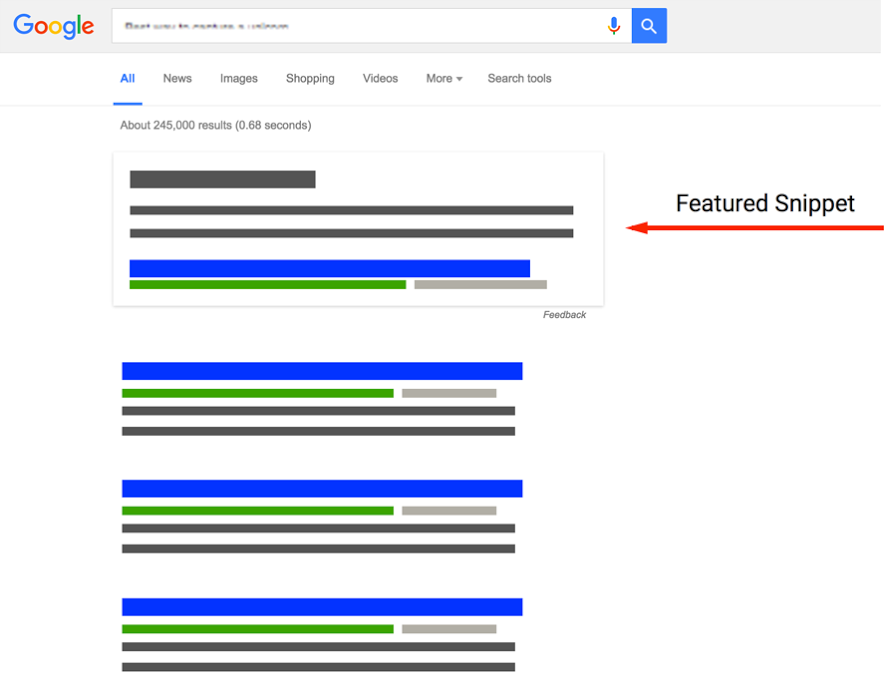
It is important to note that Google chooses these featured websites based on how well they address user intent. If your site is featured, you will definitely get higher traffic which could lead to more conversions, based on what your site is about.
Note that if your site is featured, it is likely because you are addressed a specific query.
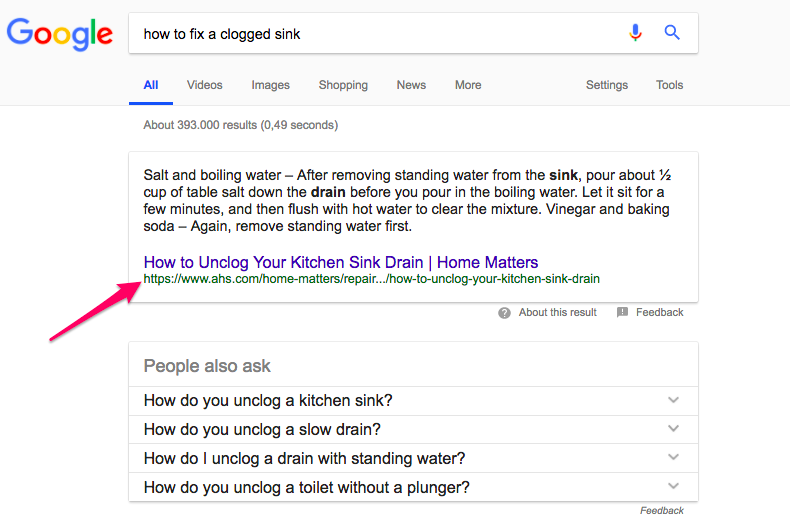
As you can probably tell, preparing your site for semantic search is really important. This is the direction in which Google is moving. User experience is really important and Google is trying to make sure visitors are getting exactly what they are looking for when they search for something online.
How To Prepare Your Site for Semantic Search
Web 3.0 is already here, though it’s not yet fully realized. But, you can get ahead of the curve and get everything in place to be ready for the future of semantic search. Below, we will explain how you can prepare your site for the features that have already rolled out.
1. Create customer personas
As mentioned earlier, you need to get into the head of your customer if you are going to understand user intent. You can do this by thinking about what would be the user’s ultimate goal when looking for information that your site could provide. Once you understand user intent, building customer personas will be easy.
Analytics and A/B testing will also help in identifying your ideal customer based on demographics like age, gender, and location. With that information, you will be able to send the exact right message at the exact right time.
2. Long-tail keywords
These can be defined as keywords that contain three words or more. They are essential in ensuring that relevant results are served. Users who key in long keywords are looking for very specific information.
It is easier to rank for long-tail keywords that match user intent, something that Google’s algorithms savor.
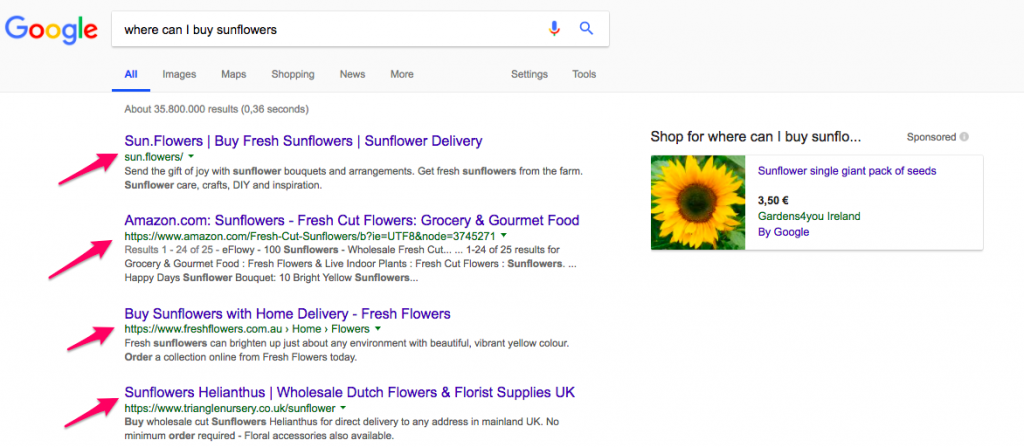
Optimizing topics that match search intent rather than solely focusing on ranking for particular keywords, even when long-tail, is the best approach. If people are looking for information about attending a live football match, they are likely to look for accommodation. Content around accommodation during the event will help you rank higher when compared to mere keywords based on the football match itself.
3. Adding schemas to help Google understand your site
Schemas help search engines to understand content on sites better, thus allowing for higher ranking in search results. Take, for example, a search for John Doe. Schema markup will tell the search engine specifically which John Doe you are looking for based on the relationships defined in the link data.
You may need to have coding skills to do this.
The Semantic Web is Creating a Better Online Experience
Serving relevant results in the shortest time possible will make it easier for users to trust the web for results like you would a trusted friend. Better still, it achieves better results for brands and businesses who will utilize it to market their products and services.
In Conclusion
We hope that this article be useful for you and you could to understand the semantic web. Also, we hope that you could read many interesting and new things for yourself.





